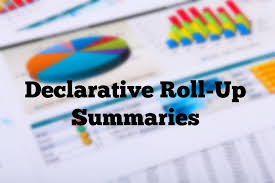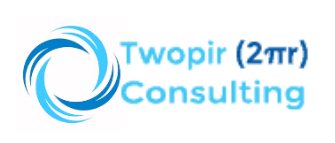
DECLARATIVE LOOKUP ROLLUP SUMMARIES
Twopir has successfully implemented Declarative Lookup Rollup Summaries (DLRS) on the Salesforce Platform. DLRS provides multiple functionality and best features that can be used by organizations according to their needs.
- The Declarative Lookup Rollup Summaries (DLRS) tool allows you to do things that are impossible to do with standard rollup summary fields.
- The standard rollup fields work only on Master-Details relations and cannot really handle any time-based calculations, but DLRS can handle any type of relations.
- You don’t have to write any code for the implementation.
- DLRS can run on schedule which means time-based calculations are possible, and can also roll up text fields.
DLRS FEATURES :
- Open source, available in code and managed package form.
- Implementation is quicker.
- No Coding Required.
- DLRS supports a wide variety of SOQL-powered operations: Sum, Max, Min, Average, Count, Count Distinct, Concatenate, Concatenate Distinct, Return First, and Return Last.
- The managed package has passed the Salesforce Security Review and is Aloha-enabled.
- Supports Custom Metadata.
- Rollups can be included in Change Sets and Packages for easier deployment.
WHEN AND WHY TO USE DLRS :
- Salesforce has already Rollup Fields but it has some limitations specifically the inability to do rollup summaries between lookup relationships. This is possible between master detail relationships using the declarative mode of Force.com, but not between lookup relationships.
- In such a situation, Declarative Lookup Rollup Summaries come into the scenario which not only do roll-ups on lookups but also can be used to perform more advanced calculations on master-detail relationships than the standard rollup summary fields.
SCHEDULING OPTIONS SUPPORTED BY DLRS :
- Schedule calculation mode, if you don’t need real-time updates of your rollups, a schedule job will periodically update them for you. This calculation mode does not even require a trigger to be deployed.
- Calculate button, if you add a rollup for existing child records or make some changes, this button will bring your rollup values up to date on the parent objects.
- API, by providing an API, then developers who may already be writing triggers on the related objects, can call out to the engine and still leave the admin the ability to configure the rollups declaratively.
- Further robustness improvements, and better run-time checking of fields defined on the rollup definition (in the case where these get renamed or deleted after the rollup was defined).
HOW CAN WE HELP :
- DLRS implementation with Salesforce
- Helps to create rollup summary field effects between salesforce objects that share a lookup relationship.
- Helps to aggregate data in minutes.
RESULTS :
- Define roll-ups using standard UI declaratively
- Define filter criteria on rollups
- Realtime rollup summary calculations
- Scheduled rollup summaries calculations
- When the calculation is updated, just re-run it and have updated values without any extra work
For assistance with Salesforce and Declarative Lookup Rollup Summaries (DLRS) tool, please contact us directly by completing the form below.
Contact Us
We would love to hear from you
Please feel free to send us a message via the form
